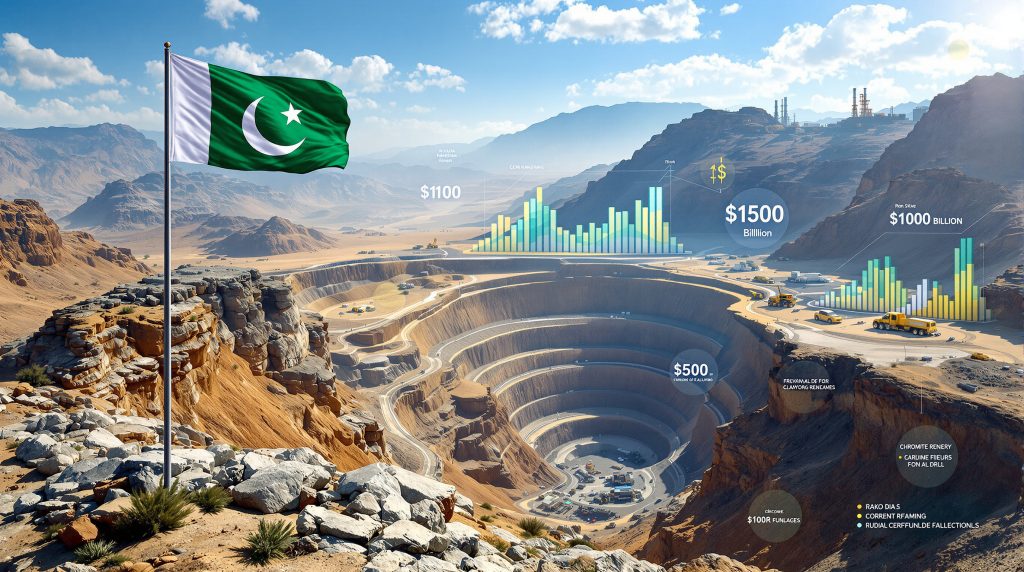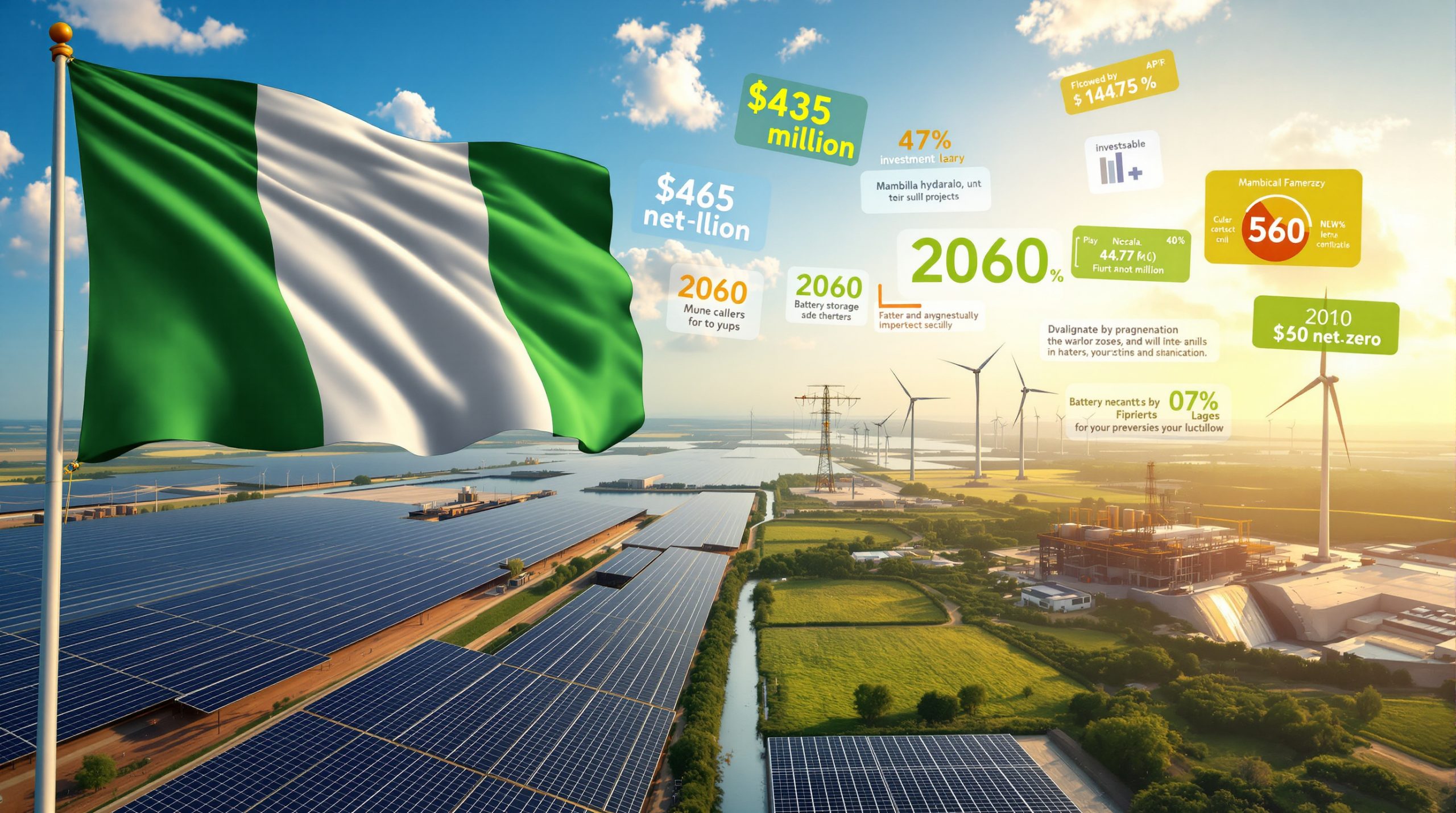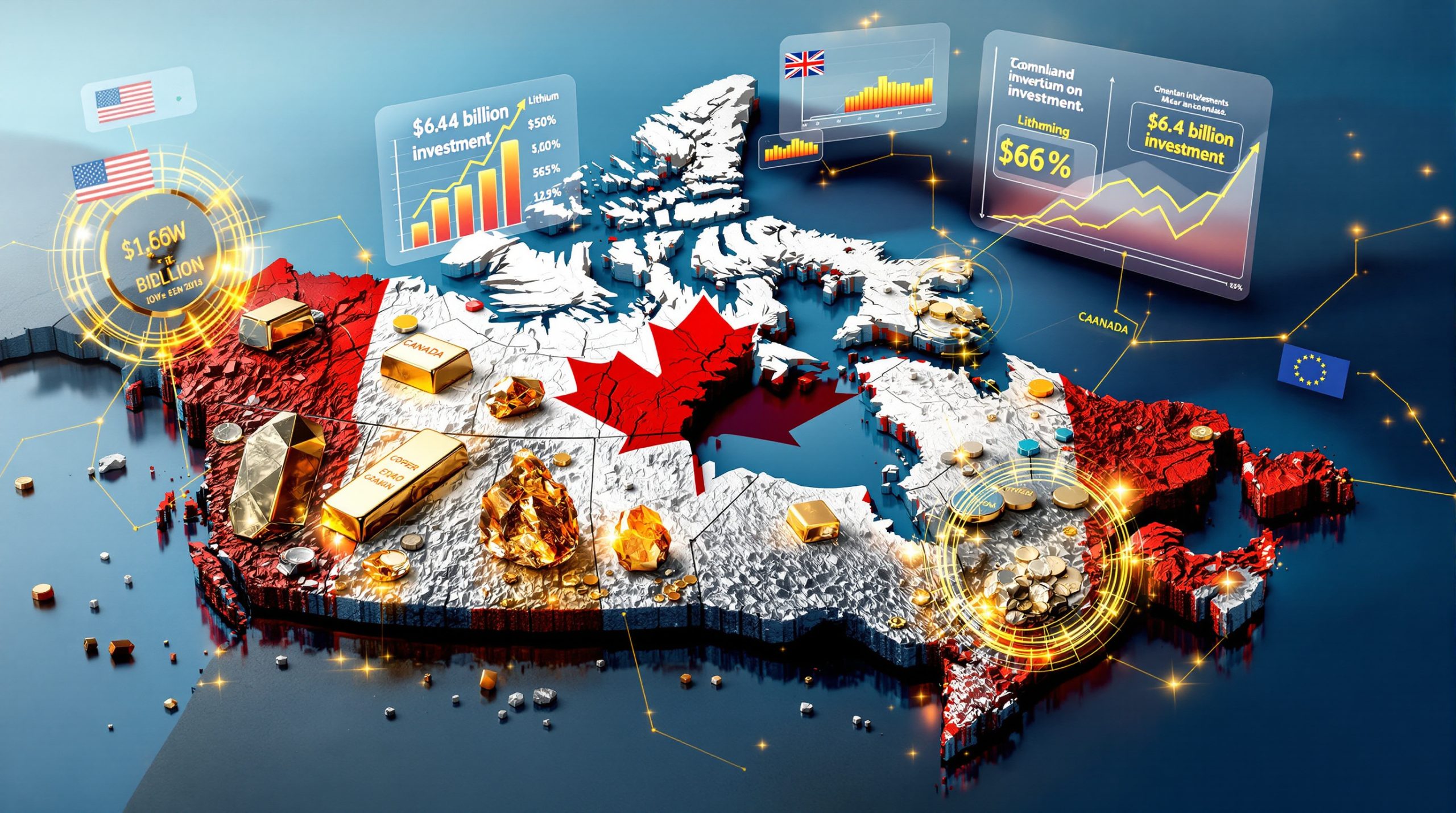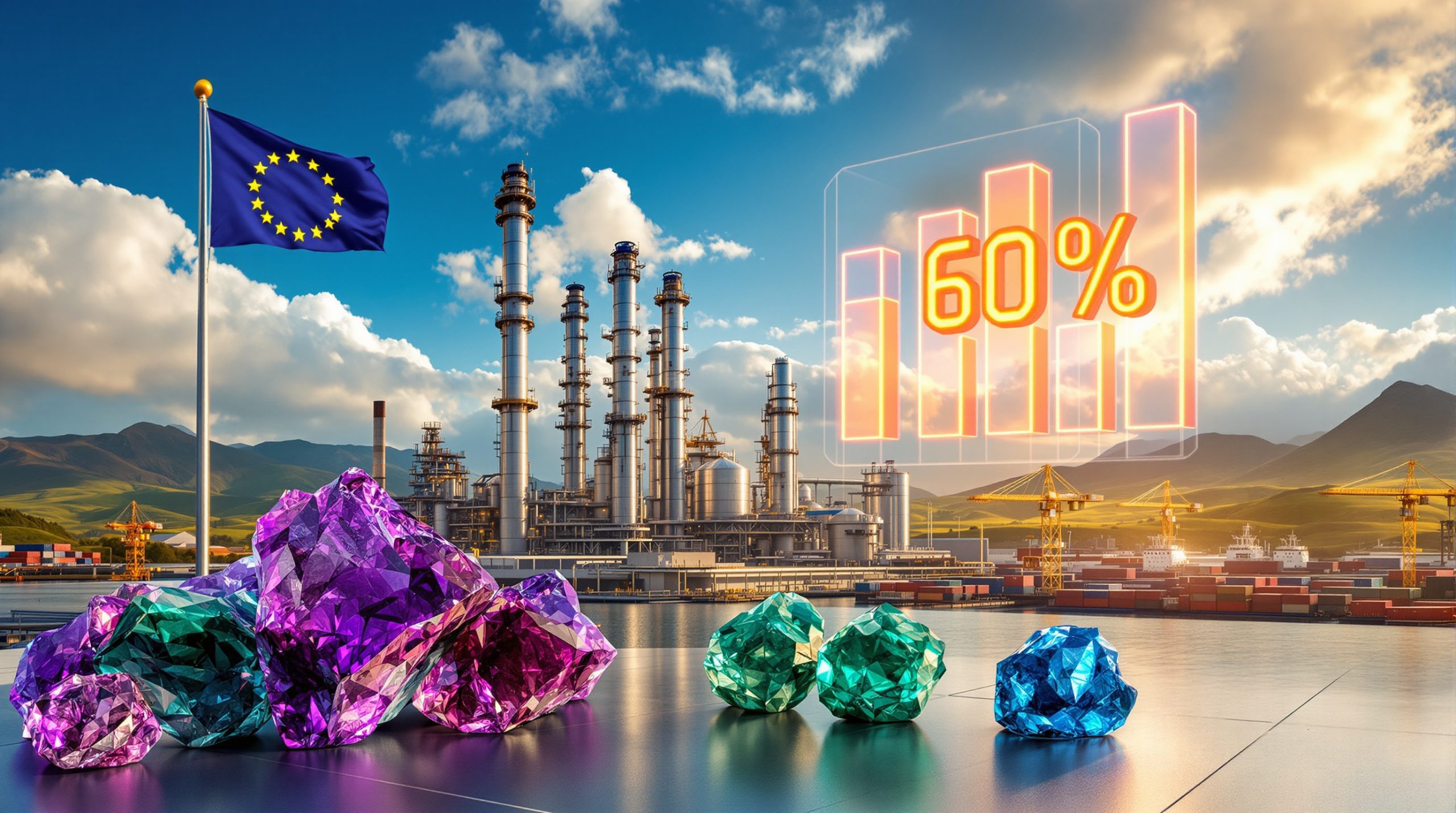Pakistan's leadership has made bold proclamations positioning the nation atop mineral wealth valued between $6-8 trillion, framing these untapped resources as the foundation for sweeping economic transformation. These ambitious declarations have captured global attention, particularly as major powers seek alternative sources of critical minerals energy transition beyond China's market dominance.
Government assessments reference geological surveys spanning approximately 600,000 square kilometres, representing roughly three-quarters of Pakistan's total landmass. The claimed deposits encompass diverse mineral categories including copper, gold, lithium, rare earth elements, substantial coal reserves, chromite, and precious gemstones distributed across multiple provinces.
The Scale of Pakistan's Mineral Assertions
The sweeping nature of Pakistan's $6 trillion mineral wealth fantasy extends across multiple resource categories, creating an impression of comprehensive geological abundance. Official presentations have showcased mineral samples to international leaders, including a highly publicised display to President Donald Trump, where Prime Minister Shehbaz Sharif and Army Chief General Asim Munir presented what they described as rare earth samples.
These theatrical presentations form part of a broader strategy to position Pakistan as a critical player in global mineral supply chains. The government has consistently emphasised the strategic importance of these resources for national economic development and international partnerships.
Political Momentum Behind the Numbers
The elevation of mineral development to national priority status reflects Pakistan's urgent need for economic diversification beyond traditional agriculture and textile sectors. Political leadership has hosted international investment summits and promised comprehensive regulatory reforms to attract foreign capital investment.
This political push has generated significant media coverage and diplomatic attention, despite the lack of verified geological data supporting the astronomical valuations. The focus on mineral wealth represents a calculated attempt to establish Pakistan as an indispensable partner in global supply chain security initiatives.
What Do the Numbers Actually Reveal?
Independent analysis of Pakistan's mineral wealth claims reveals substantial gaps between government projections and verifiable geological data. The astronomical valuations appear based on theoretical calculations rather than certified resource assessments meeting international mining standards.
According to U.S. Geological Survey data, Pakistan's entire mining and quarrying sector was valued at approximately $6.5 billion in fiscal year 2020, with mineral exports remaining under $1 billion annually. This represents a dramatic contrast to the multi-trillion dollar claims promoted by government officials.
Current Economic Reality Check
| Metric | Government Claims | Actual Performance |
|---|---|---|
| GDP Contribution | Future economic transformation | 2-3% current contribution |
| Global Export Share | World-class potential | 0.1% of global mineral exports |
| Mineral Rents | Transformative revenue | 0.07% of GDP |
| Mining Sector Value | $6-8 trillion potential | $6.5 billion actual (2020) |
The disparity between claimed potential and current performance highlights the speculative nature of Pakistan's mineral wealth assertions. Independent analysts estimate recoverable mineral values between $100-300 billion over multiple decades, representing significant but substantially more modest potential than government proclamations suggest.
Verification Standards Missing
The trillion-dollar estimates lack NI 43-101 compliant studies or internationally recognised resource audits that would provide credible foundation for such valuations. National Instrument 43-101 represents the Canadian securities regulatory standard requiring independent qualified person certification, detailed geological assessments, and economic feasibility studies.
Without these standardised assessments, the claimed mineral wealth remains in the realm of wishful arithmetic rather than certified resource data. This absence of verification creates substantial risk for potential investors and raises questions about the reliability of government mineral development strategies.
Breaking Down Pakistan's Actual Mineral Assets
Pakistan does possess legitimate mineral resources, though their scale and accessibility differ significantly from official narratives. Understanding genuine potential requires examining each resource category individually with focus on verified reserves and operational status.
Copper and Gold: The Reko Diq Reality
The Reko Diq project in Balochistan represents Pakistan's most credible mineral asset, developed through partnership with Barrick Gold Corporation. This joint venture provides the clearest example of Pakistan's actual mineral development potential versus speculative claims.
Verified reserves include:
• Copper Content: 25.6 billion pounds of recoverable copper reserves
• Gold Reserves: 13.3 million ounces of gold content
• Projected Cash Flow: $70-74 billion over complete project lifetime
• Development Status: Active construction phase with commercial production timeline
The Reko Diq project demonstrates both the potential and limitations of Pakistan's mineral sector. Furthermore, experts in copper price outlook suggest favourable market conditions that could enhance the project's value. While representing substantial economic value, the project's lifetime cash flow projections fall dramatically short of the government's trillion-dollar claims for the entire country.
Coal Deposits: Thar's Lignite Potential
Thar coalfield in Sindh province contains an estimated 175 billion tons of lignite, currently contributing approximately 10% of national electricity generation. However, lignite represents lower-grade coal with significantly reduced market value compared to higher-quality thermal or metallurgical coal varieties.
Lignite characteristics affecting economic value:
• Moisture Content: 40-50% higher than thermal coal
• Energy Content: Lower BTU per ton reducing market price
• Global Trade: Limited international market, primarily domestic use
• Transportation: Higher moisture content increases shipping costs
While Thar's coal reserves represent substantial domestic energy resources, their contribution to Pakistan's mineral export potential remains limited due to grade quality and global market dynamics.
Traditional Mining Products
Pakistan maintains established production across several mineral categories, though volumes typically fall short of claims about global significance:
Salt Production:
• Government claims of world's second-largest deposits require independent verification
• Current production serves both domestic and regional markets
• Export potential limited by transportation infrastructure
Chromite Operations:
• Modest output primarily serving domestic steel industry
• Pakistan not recognised as major global chromite supplier
• Production volumes insufficient for significant export revenue
Gemstone Mining:
• Claims of top-five global producer status in rough gemstone production
• Primarily raw stone exports with limited value-added processing
• Revenue potential constrained by lack of domestic cutting and polishing facilities
Antimony Output:
• Annual production of 66 metric tons recorded in 2021
• Represents minimal contribution to global antimony supply
• Far below output from established suppliers like Bolivia or Australia
Where Are Pakistan's Rare Earth Elements?
The rare earth element narrative represents perhaps the most exaggerated aspect of Pakistan's mineral claims. Geological evidence suggests Pakistan's REE potential falls dramatically short of government assertions, with production data contradicting promotional materials.
Production Reality vs. Claims
According to U.S. Geological Survey data, Pakistan's rare earth production registers as zero. This represents one of the most significant gaps between Pakistan's $6 trillion mineral wealth fantasy and documented reality. Geological surveys mention speculative light-REE traces in Khyber Pakhtunkhwa province and potential recovery from Thar Coalfield fly-ash, but these remain unproven reserves without commercial viability assessments.
Even optimistic estimates suggesting 100,000 to 400,000 tonnes of total REE content would rank Pakistan far below established producers and verified global reserves. This positioning contradicts government claims of significant rare earth potential.
Global Context of REE Reserves
| Country | Estimated REE Reserves (tonnes) |
|---|---|
| China | 44,000,000 |
| Vietnam | 22,000,000 |
| Brazil | 21,000,000 |
| Russia | 21,000,000 |
| India | 7,000,000+ |
| United States | 2,000,000+ |
| Pakistan | 100,000-400,000 (speculative) |
This comparison illustrates Pakistan's marginal position in global rare earth reserves, contradicting narratives of substantial REE endowments. The speculative nature of Pakistan's estimates further undermines claims of significant rare earth potential.
Infrastructure Gaps in REE Processing
Pakistan faces comprehensive infrastructure deficiencies that prevent meaningful rare earth production:
Separation Facilities:
• No operational REE separation plants currently exist
• Separation technology requires substantial capital investment and technical expertise
• China dominates global separation capacity with approximately 70% market share
Refining Infrastructure:
• Complete absence of rare earth oxide production capacity
• REE oxide production requires specialised chemical processing facilities
• Quality control systems necessary for market-ready products unavailable
Heavy REE Deposits:
• No confirmed heavy rare earth element reserves identified
• Heavy REEs command premium prices in global markets
• Light REEs represent lower-value market segment
Technical Expertise:
• Limited specialised workforce for REE processing operations
• Advanced technical training infrastructure underdeveloped
• Technology transfer agreements absent with established REE producers
The reality of Pakistan's rare earth situation contradicts official presentations. When Pakistani officials announced shipments containing neodymium and praseodymium to international partners, these likely consisted of unprocessed ore with trace element content rather than refined, market-ready oxides. Essentially, they shipped rocks rather than processed magnets or usable rare earth products.
Why Would Global Powers Show Interest?
Despite questionable mineral valuations, major economies continue expressing interest in Pakistan's mineral sector. Understanding this apparent contradiction requires examining broader geopolitical and economic factors beyond immediate commercial viability.
Supply Chain Diversification Imperatives
The global initiative to reduce dependence on Chinese critical mineral supplies drives international interest in alternative sources, regardless of their current development status or verified reserves. This strategic imperative creates diplomatic opportunities for countries with claimed mineral resources.
Key motivating factors include:
• 2027 Chinese REE Ban: U.S. defence systems must eliminate Chinese rare earth inputs by this deadline
• Green Energy Transition: Massive projected demand growth for battery metals and permanent magnet materials
• Strategic Stockpiling: Nations seeking long-term supply security arrangements with diverse partners
• Geopolitical Positioning: Diversification away from single-source dependencies viewed as national security priority
Political Theatre vs. Commercial Reality
The highly publicised U.S.-Pakistan $500 million partnership with U.S. Strategic Metals appears more focused on diplomatic positioning than immediate supply chain solutions. This partnership represents political theatre as the United States pursues diversified supply partnerships ahead of the 2027 Chinese rare earth ban for defence systems.
Critical Understanding: The U.S. diplomatic offensive seeks symbolic partnerships to demonstrate supply chain diversification efforts, even when commercial viability remains questionable.
For Pakistan, this arrangement provides stage-managed re-entry into U.S. economic relevance while positioning the country as a potential strategic partner despite limited verified resources. The partnership serves mutual political objectives without requiring immediate delivery of substantial mineral supplies.
What Challenges Prevent Mineral Development?
Pakistan faces substantial structural obstacles preventing translation of potential mineral wealth into economic reality. These challenges explain the persistent gap between government claims and actual sector performance across multiple development areas.
Governance and Regulatory Barriers
Bureaucratic Complexity:
• Multiple agencies maintain overlapping jurisdictions over mineral development
• Approval processes involve numerous government levels and departments
• Coordination between federal and provincial authorities often inefficient
• Timeline uncertainty discourages long-term investment planning
Transparency Issues:
• Limited public access to geological data and detailed mining contracts
• Resource assessment methodologies not published with international standards
• Revenue sharing agreements between government levels lack clarity
• Environmental impact assessment processes inconsistently applied
Policy Inconsistency:
• Frequent regulatory changes create uncertainty for international investors
• Mining policies altered with government transitions
• Tax structures and royalty rates subject to periodic revision
• Foreign investment rules modified without adequate consultation periods
Infrastructure and Security Constraints
Balochistan Province Challenges:
• Ongoing security concerns affect mining operations and personnel safety
• Limited transportation infrastructure connecting mineral deposits to ports
• Inadequate power generation capacity for energy-intensive mineral processing
• Water scarcity issues in key mineral-bearing regions
Technical Infrastructure Gaps:
• Insufficient modern geological surveying equipment and capabilities
• Limited domestic mineral processing facilities requiring raw material exports
• Underdeveloped logistics networks increasing transportation costs
• Shortage of specialised technical personnel with international mining experience
These infrastructure limitations create substantial barriers to realising even Pakistan's legitimate mineral potential, contributing to the gap between claims and commercial reality. Consequently, successful mineral exploration essentials remain underdeveloped across the country.
How Do Pakistan's Claims Compare Globally?
Placing Pakistan's mineral assertions within global context reveals the scale of exaggeration while identifying legitimate opportunities for measured development compared to established mining jurisdictions.
Realistic Mineral Wealth Comparisons
| Country | Estimated Mineral Wealth | Development Status |
|---|---|---|
| Australia | $19.9 trillion | Highly developed mining sector |
| Russia | $75 trillion | Major global mineral exporter |
| United States | $45 trillion | Advanced mining infrastructure |
| Democratic Republic of Congo | $24 trillion | Significant cobalt production |
| Pakistan | $100-300 billion (realistic estimate) | Early development stage |
This comparison demonstrates that even optimistic assessments of Pakistan's mineral wealth place the country well below established mining nations. The realistic $100-300 billion estimate over multiple decades represents substantial potential but contradicts government claims of comparable wealth to major mineral exporters.
Investment Climate Realities
Pakistan's mineral sector attracts limited foreign investment compared to established mining jurisdictions:
Annual Performance Metrics:
• Mining Investment: Under $2 billion annually across all mineral sectors
• Exploration Spending: Minimal compared to Australia, Canada, or Chile
• Infrastructure Investment: Concentrated in single projects like Reko Diq
• Technology Transfer: Limited advanced mining technology adoption
• Workforce Development: Insufficient specialised mining education programs
The investment climate reflects both infrastructure limitations and the speculative nature of many mineral claims. International mining companies require verified reserves and stable regulatory environments before committing substantial capital.
What Does This Mean for Investors and Policymakers?
The disconnect between Pakistan's mineral claims and geological reality offers important lessons for investment decisions and policy development in emerging mining jurisdictions worldwide.
Due Diligence Requirements
For Investors:
• Demand Certified Assessments: Require internationally certified resource assessments meeting NI 43-101 or equivalent standards
• Verify Infrastructure Timelines: Independently assess infrastructure development costs and realistic completion schedules
• Evaluate Risk Factors: Conduct comprehensive political, security, and regulatory risk assessments
• Assess Regulatory Stability: Review historical policy changes and government commitment to mining sector development
• Examine Market Access: Verify transportation and logistics capabilities for product delivery to international markets
Moreover, thorough investment due diligence becomes essential when evaluating mineral development opportunities in Pakistan's uncertain regulatory environment.
For Policymakers:
• Focus on Realistic Scenarios: Base development strategies on verified geological data rather than aspirational valuations
• Prioritise Governance Reforms: Implement transparency improvements and regulatory consistency measures
• Invest in Technical Capacity: Develop geological surveying capabilities and specialised technical education programs
• Plan Infrastructure Development: Create long-term infrastructure strategies supporting legitimate mineral development potential
• Establish International Standards: Adopt internationally recognised resource classification and reporting standards
Strategic Implications
Investment Reality: While Pakistan's $6 trillion mineral wealth fantasy remains unsupported by credible data, the country's legitimate mineral assets could contribute meaningfully to economic development through realistic valuation and systematic development approaches.
The gap between claims and reality underscores the importance of evidence-based mineral development strategies. Countries with genuine mineral potential can achieve significant economic benefits through transparent, systematic development rather than speculative promotion.
Frequently Asked Questions About Pakistan's Mineral Wealth
Does Pakistan Really Have $6 Trillion in Mineral Wealth?
No credible independent assessment supports the $6-8 trillion valuation promoted by Pakistani government officials. Realistic estimates from geological experts suggest recoverable mineral values between $100-300 billion over multiple decades, representing significant but substantially more modest potential than official proclamations.
The astronomical figures lack NI 43-101 compliant studies or internationally recognised resource audits that would provide verification. Pakistan's actual mining sector value of $6.5 billion in fiscal year 2020 demonstrates the gap between claims and current economic reality.
What Are Pakistan's Most Valuable Mineral Assets?
The Reko Diq copper-gold project represents Pakistan's most valuable verified mineral asset, with projected lifetime cash flows of $70-74 billion through partnership with Barrick Gold Corporation. This single project accounts for a substantial portion of Pakistan's legitimate mineral wealth.
Thar coalfield provides significant lignite reserves, though with lower per-unit value than higher-grade coal varieties. The coalfield currently contributes approximately 10% of national electricity generation but offers limited export potential due to lignite quality characteristics.
Can Pakistan Become a Major Rare Earth Supplier?
Current evidence suggests Pakistan cannot become a significant rare earth supplier without major discoveries and comprehensive infrastructure development. U.S. Geological Survey data show Pakistan's rare earth production as zero, with no verified heavy REE deposits.
The country lacks essential infrastructure including separation facilities, processing capabilities, and technical expertise required for commercial rare earth production. Even optimistic estimates of 100,000-400,000 tonnes total REE content would rank Pakistan far below established global suppliers.
Why Do Global Powers Show Interest Despite Questionable Claims?
International interest reflects broader geopolitical objectives around supply chain diversification rather than immediate commercial opportunities. The U.S. seeks alternative mineral suppliers to reduce dependence on Chinese sources ahead of the 2027 deadline for eliminating Chinese rare earth inputs in defence systems.
The $500 million U.S.-Pakistan partnership with U.S. Strategic Metals represents political theatre demonstrating commitment to supply chain diversification. This arrangement serves mutual diplomatic objectives without requiring immediate delivery of substantial mineral quantities.
The Path Forward: Realistic Mineral Development
Pakistan's mineral sector holds genuine potential for economic contribution, but realising this potential requires abandoning inflated valuations in favour of systematic development approaches based on verified geological data.
Priority Development Areas
Immediate Focus Areas:
• Complete Reko Diq Development: Accelerate construction and explore expansion possibilities within verified reserve boundaries
• Enhance Thar Coalfield Utilisation: Maximise domestic energy security benefits while exploring value-added processing opportunities
• Improve Geological Capabilities: Invest in modern surveying equipment and technical capacity across unexplored regions
• Establish Regulatory Framework: Create transparent, consistent mining regulations meeting international investor standards
• Develop Technical Workforce: Establish specialised educational programs for mining sector personnel development
Medium-term Strategic Objectives:
• Build Processing Capabilities: Develop domestic mineral processing facilities to increase export value before shipment
• Construct Supporting Infrastructure: Build transportation networks and power generation capacity in key mineral regions
• Attract Technical Expertise: Create incentives for international technology transfer and knowledge sharing partnerships
• Implement International Standards: Adopt NI 43-101 or equivalent resource classification and reporting methodologies
• Establish Environmental Protocols: Develop comprehensive environmental impact assessment and mitigation procedures
Realistic Economic Impact Projections
With systematic development based on verified resources, Pakistan's mineral sector could realistically achieve measurable economic contributions:
Economic Development Potential:
• GDP Contribution Growth: Increase from current 2-3% to 8-10% over two decades through systematic development
• Export Revenue Generation: Achieve $5-15 billion annually in mineral export revenues with proper infrastructure
• Employment Creation: Generate 200,000-500,000 direct and indirect employment opportunities across mineral value chains
• Foreign Investment Attraction: Draw $20-50 billion in foreign investment over the next decade through transparent development policies
• Technology Transfer Benefits: Acquire advanced mining and processing technologies through international partnerships
Success Factors for Achievement:
• Governance Improvements: Implement transparent regulatory frameworks and consistent policy implementation
• Infrastructure Investment: Develop transportation, power, and communication networks supporting mineral operations
• Technical Capacity Building: Create domestic expertise in geological assessment, mining operations, and mineral processing
• Market Access Development: Establish reliable logistics chains connecting mineral deposits to international markets
• Environmental Responsibility: Integrate sustainable development practices meeting international environmental standards
In addition, understanding current gold prices analysis trends could provide valuable context for Pakistan's legitimate gold resources at Reko Diq.
The contrast between Pakistan's $6 trillion mineral wealth fantasy and achievable reality demonstrates the importance of evidence-based development strategies. While the $6 trillion claims remain unsubstantiated, Pakistan's legitimate mineral resources offer genuine opportunities for economic development through realistic assessment and systematic implementation.
According to recent analyses from Pakistan's mineral wealth draws global attention, international interest remains focused on strategic partnerships rather than immediate commercial viability. Furthermore, expert opinions suggest that political considerations outweigh geological realities in current international engagements with Pakistan's mineral sector.
Disclaimer: This analysis is based on publicly available geological data and industry reports. Mineral development involves significant risks including geological, political, regulatory, and market factors. Investment decisions should be based on independent due diligence and professional geological assessment rather than promotional claims or government valuations.
Could Pakistan's Mineral Claims Impact Your Investment Strategy?
Discovery Alert's proprietary Discovery IQ model delivers real-time alerts on significant mineral discoveries across the ASX, helping investors capitalise on legitimate opportunities as they emerge rather than speculative claims. Explore Discovery Alert's discoveries page to see how major mineral finds have historically generated substantial returns, then begin your 30-day free trial today to position yourself ahead of verified market developments.




